Demystifying heavy weights vs. high repetition.
By: Dan Welden
One of the top questions I’m asked as a personal trainer is whether it’s better to lift heavier weights with lower reps or to lift lighter weights with higher reps. The answer is neither. Both methods have their purpose and both can help you meet your fitness goals. Which one you should focus on depends on your particular goals. Are you trying to gain muscle mass? Do you want to lift more than most humans? Do you want to lose weight? Do you want to get jacked? All of these will have an impact on which end of the spectrum you should focus on.
Let’s break down the fundamentals of heavy weight with low repetition vs. lighter weight with high repetition.
The main goal of lifting heavy weights with fewer reps is strength. This style of lifting is often performed by powerlifters and Olympic lifters, not the average person. Lower reps would fall between one and five repetitions. With so few reps, you’ll want to push it to the max every time. This doesn’t mean you should do five reps and then rest until your next set. If you can do five reps, you better pack on more weight until you can only do one. Additionally, you’ll want to do more sets. Aim for five to six sets per exercise, and keep in mind that this kind of routine is not for beginners. Spotters and bar clamps are always necessary when lifting heavy. You risk seriously injuring yourself by performing this kind of exercise.
The goal of lifting lighter weights with higher reps—also known as hypertrophy—is to build muscle mass and further develop connective tissue strength, which is necessary for heavy lifting. Don’t confuse hypertrophy with toning exercises—lifting really light weights and doing over 20 reps. Hypertrophy would fall in the six to 15 rep range. However, if you complete 15 reps, you need to increase the weight. If you only complete 10, put your weights down, take a five to 10 second break, and complete the last five reps. You should also keep in mind your time under tension—how long you’re putting tension on your muscles. To achieve maximal growth in muscle size, you’ll want your hypertrophy movements to be slow and controlled with proper form. Of course, form is key whether you’re lifting heavy or light.
Based on your fitness goals, you can begin to design a plan that focuses on either high reps with low weight or low reps with high weight. If you’re looking to get jacked, focusing on hypertrophy for one month and switching to powerlifting for a month will help. But don’t mix it up in the same month; spending one day on hypertrophy and the next on heavy lifting can hinder proper muscle development. If your goal is to lose weight, you might spend two months on hypertrophy with some attention to toning, and one month lifting heavy.
Key takeaways to keep in mind: Heavy weight lifting with low reps is meant to build strength. You’ll want to make sure your joints and connective tissue are ready to take on this kind of exercise. Start slow and test what your body can and cannot handle. Always have a spotter and use bar clamps to help avoid injuring yourself. When lifting lighter weights, keep things slow and controlled, and really focus on form. Ask for people to watch you and provide feedback, or record yourself and compare it to reputable demonstration videos. The last thing you want is bad form on the deadlift or squat when lifting a lot of weight!

